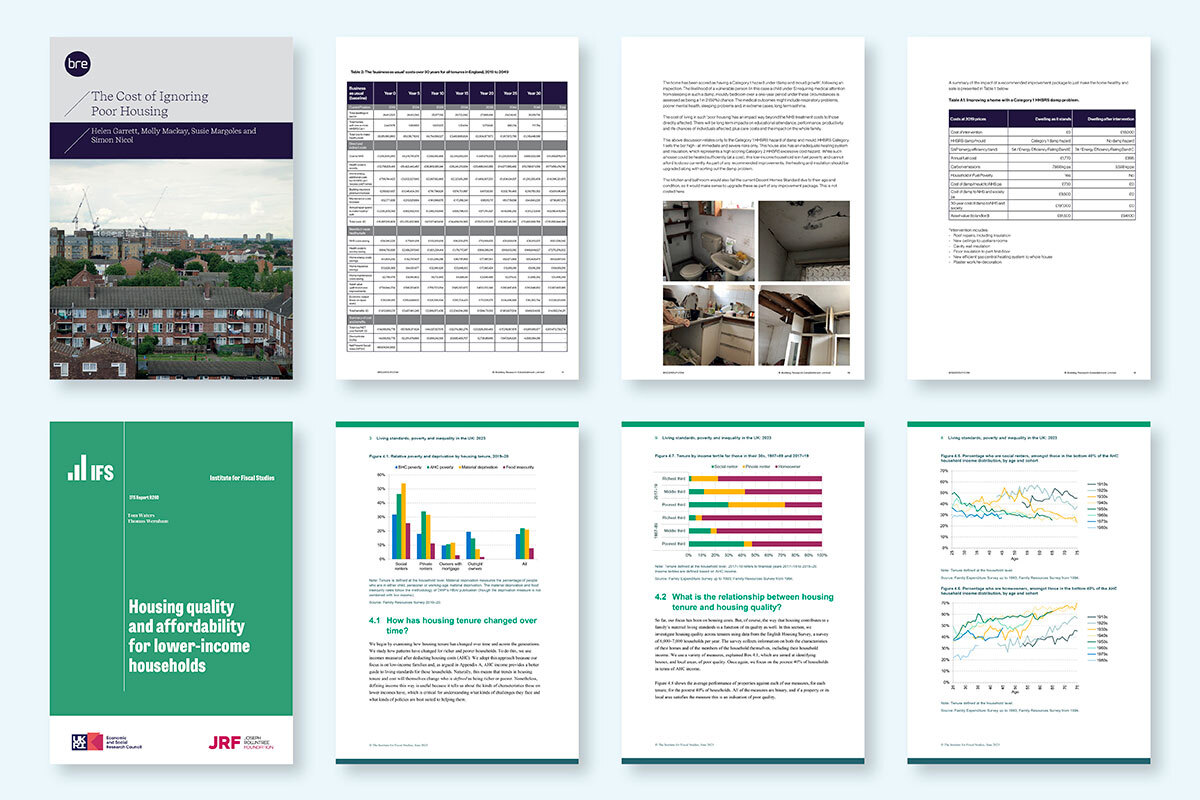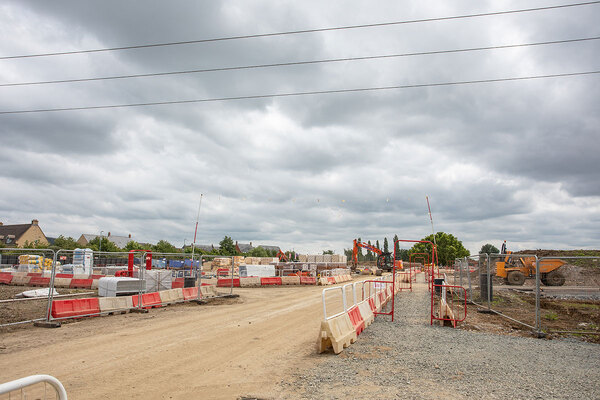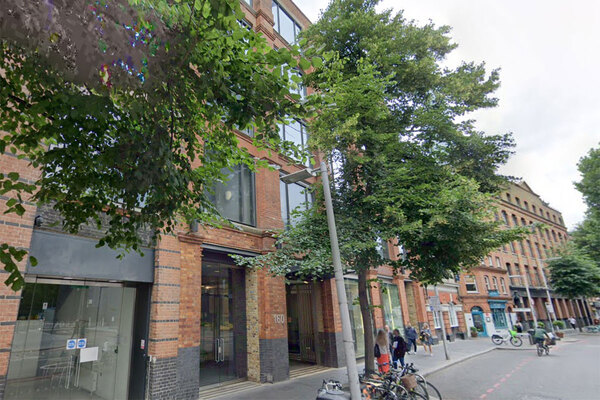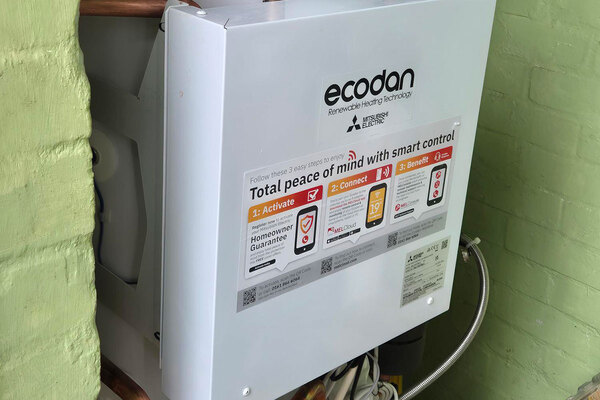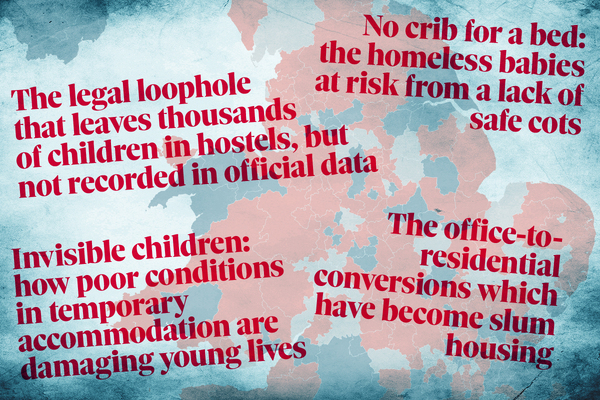
Professor Ken Gibb is a professor in housing economics at the University of Glasgow, and a director at CaCHE
The Thinkhouse Review: diagnosing our housing ills
Professor Ken Gibb highlights new studies that provide ammunition for anyone wishing to convince budget holders and politicians why housing should be a priority, in the latest Thinkhouse Review of the best housing research
A colleague and I were recently discussing the different bases for arguing for housing policy reform based on how we diagnose the current situation. One view is to look at the evidence through a moral lens. A different way points to the evidence about societal benefits from allowing, for instance, housing investment and better housing outcomes to reduce other non-housing costs such as those relating to poor health.
I don’t think that these approaches are in conflict, but I see there may be times to be outraged and demand action or promote a campaign, but also other occasions when it makes sense to draw up a robust technical appraisal of the net benefits and savings that can flow from more resources for housing
This month’s Thinkhouse must-reads offer robust evidence that supports both positions. The Institute for Fiscal Studies (IFS) has published a paper written by Tom Waters and Thomas Wernham titled Housing Quality and Affordability for Lower-Income Households, which is a part of its wider study: Living Standards, Poverty and Inequality in the UK 2023.
At the same time, the Building Research Establishment (BRE) has written a further, and extended, update of its quantification of the wider costs of poor-quality housing: The Costs of Ignoring Poor Housing, by Helen Garrett, Molly Mackay, Susie Margoles and Simon Nicol.
The IFS paper contains some stark facts that should give us pause. They conclude that “housing costs are a first order issue for poverty”. Despite rising mortgage rates, renters face higher housing costs than owners and struggle with lower-income standards in terms of higher rates of food insecurity or material deprivation. It reports that poverty rates are nearly half (46%) for all social tenants, a third (34%) for all private tenants, but just an eighth (12%) for owner-occupiers
Most of the focus is on the private rented sector (PRS) and three points stand out:
-
The relatively low quality of PRS homes for low-income renters (25% of homes would fail the Decent Homes Standard, compared with 18% in owner-occupation and 12% in social renting).
-
The refreezing of the Local Housing Allowance (LHA) has reduced the proportion of (Zoopla) advertised lets that would allow the LHA to cover rents from 23% to only 5% (2023 Q1).
-
A declining share of affordable properties for the PRS is associated with poorer-quality outcomes for lower-income private tenants. The authors find poorer Energy Performance Certificate ratings and higher heating and hot water costs for affordable PRS properties in 2023 Q1. They are also more likely to be in low-employment neighbourhoods.
The authors conclude that, with the increasing numbers and share of low-income households in the PRS, the case for revisiting the levels of LHA and support for housing costs is warranted. They recognise that this is a political matter, but it is hard for the reader to ignore the mounting evidence.
Preventative approach
Turning to the BRE paper, it builds on earlier work that takes a clear preventative or ‘other savings’ approach – ie by ignoring the costs to society of not improving our poor-quality housing, we spend more in other areas such as the NHS. Looking at data for the next 30 years in England, it finds that 2.4 million (10%) of homes fall below minimum standards for Category 1 in the Housing Health and Safety Rating System.
It finds that it is costing the NHS £1bn a year to treat those suffering from the consequences – often the effect of cold or trip hazards (this is an underestimate as it is only the first-year treatment costs and many may be ongoing).
“By ignoring the costs to society of not improving our poor-quality housing, we spend more in other areas such as the NHS”
The estimated cost of repairs to the 2.4 million homes is £9bn – a nine-year payback period before net savings would start to emerge. Looking at the broader costs and the benefits that over 30 years of preventing all Category 1 hazards would generate, in today’s prices, a societal saving of £136bn (£13bn of which would be for the NHS).
Taking the recent estimate that there are 60,000 homes in England with Category 1 damp and mould, it is estimated that this would cost £250m to fix, but that the benefits to society of doing so would be worth £4.8bn on today’s prices over the next 30 years.
These studies provide ammunition to support campaigns about improving and investing in better housing outcomes. They also provide approaches that are couched as appraisal or economic impact evidence that can be well placed to convince budget holders and politicians why housing should be a priority.
Professor Ken Gibb, professor in housing economics, University of Glasgow; and director, UK Collaborative Centre for Housing Evidence
Sign up to our Best of In-Depth newsletter
We have recently relaunched our weekly Long Read newsletter as Best of In-Depth. The idea is to bring you a shorter selection of the very best analysis and comment we are publishing each week.
Already have an account? Click here to manage your newsletters.
